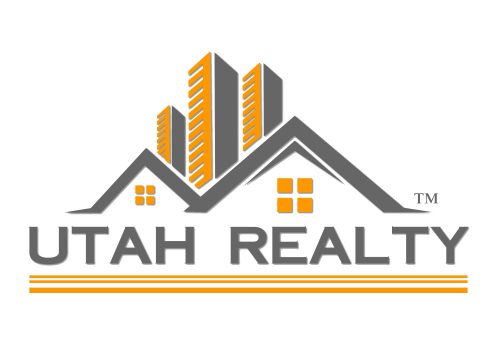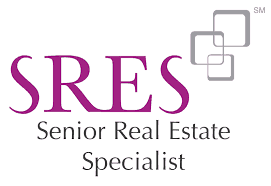Does “Aging in Place” Make the Most Sense?
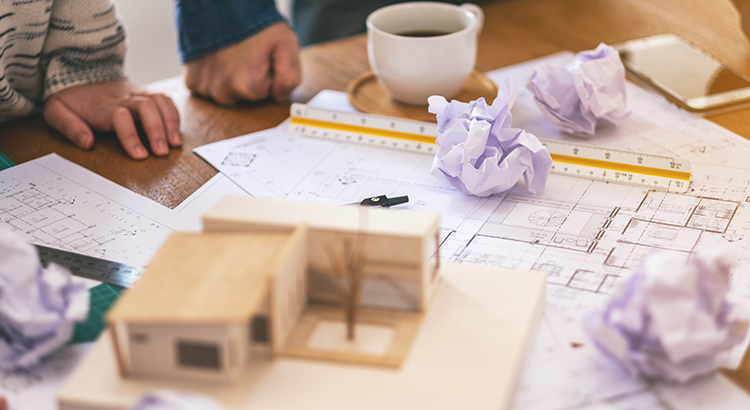
A desire among many seniors is to “age in place.” According to the Senior Resource Guide, the term means,
“…that you will be remaining in your own home for the later years of your life; not moving into a smaller home, assisted living, or a retirement community etcetera.”
There is no doubt about it – there’s a comfort in staying in a home you’ve lived in for many years instead of moving to a totally new or unfamiliar environment. There is, however, new information that suggests this might not be the best option for everyone. The familiarity of your current home is the pro of aging in place, but the potential financial drawbacks to remodeling or renovating might actually be more costly than the long-term benefits.
A recent report from the Joint Center for Housing Studies of Harvard University (JCHS) titled Housing America’s Older Adults explained,
“Given their high homeownership rates, most older adults live in single-family homes. Of the 24 million homeowners age 65 and over, fully 80 percent lived in detached single-family units…The majority of these homes are now at least 40 years old and therefore may present maintenance challenges for their owners.”
If you’re in this spot, 40 years ago you may have had a growing family. For that reason, you probably purchased a 4-bedroom Colonial on a large piece of property in a child-friendly neighborhood. It was a great choice for your family, and you still love that home.
Today, your kids are likely grown and moved out, so you don’t need all of those bedrooms. Yard upkeep is probably very time consuming, too. You might be thinking about taking some equity out of your house and converting one of your bedrooms into a massive master bathroom, and maybe another room into an open-space reading nook. You might also be thinking about cutting back on lawn maintenance by installing a pool surrounded by beautiful paving stones.
It all sounds wonderful, doesn’t it? For the short term, you may really enjoy the new upgrades, but you’ll still have to climb those stairs, pay to heat and cool a home that’s larger than what you need, and continue fixing all the things that start to go wrong with a 40-year-old home.
Last month, in their Retirement Report, Kiplinger addressed the point,
“Renovations are just a part of what you need to make aging in place work for you. While it’s typically less expensive to remain in your home than to pay for assisted living, that doesn’t mean it’s a slam dunk to stay put. You’ll still have a long to-do list. Just one example: You need to plan ahead for how you will manage maintenance and care—for your home, and for yourself.”
So, at some point, the time may come when you decide to sell this house anyway. That can pose a big challenge if you’ve already taken cash value out of your home and used it to do the type of remodeling we mentioned above. Realistically, you may have inadvertently lowered the value of your home by doing things like reducing the number of bedrooms. The family moving into your neighborhood is probably similar to what your family was 40 years ago. They probably have young children, need the extra bedrooms, and may be nervous about the pool.
Bottom Line
Before you spend the money to remodel or renovate your current house so you can age in place, let’s get together to determine if it is truly your best option. Making a move to a smaller home in the neighborhood might make the most sense.

Honoring the Significance of Indigenous Day
Indigenous Peoples’ Day celebrates, recognizes, and honors the beautiful traditions and cultures of the Indigenous People We take a stand for and support the indigenous people on this day. We should also offer our support to those who invest and uplift the indigenous...
Avoid Mortgage Mistakes Buyers Make: Expert Tips
Key mortgage mistakes to avoid include not getting pre-approved, overlooking credit scores, and failing to compare mortgage options. Buyers should budget for total homeownership costs, including property taxes and maintenance. Skipping home inspections and neglecting...

Top Strategies to Sell Your Home Fast in 2025
Price your home right from day one to attract more offers and avoid sitting on the market too long. Boost curb appeal with simple upgrades—fresh paint, landscaping, and clean entryways make a strong first impression. Use professional photos and staging to showcase...

5 Smart Tips to Save Money on Home Closing Costs
Closing costs can add up to more than $10,000, but buyers have strategies to reduce them. Local banks may offer grants, credits, or fee waivers that cut costs without repayment obligations. Conventional loans with larger down payments often reduce costs compared to...
5 Key Takeaways: How to Negotiate to Cut Costs When Closing on a Home
Homebuyers can save money by negotiating key aspects of the purchase, including repairs found during inspections, closing costs, and the closing date. Buyers may also negotiate for home contents like appliances and furniture to be included, as well as for sellers to...
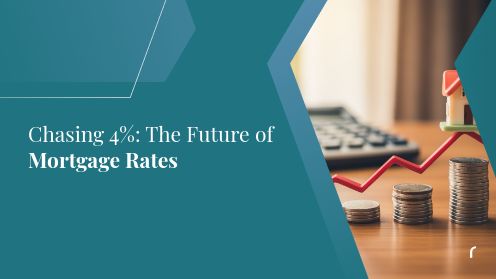
Chasing 4%: The Future of Mortgage Rates
Mortgage rates are expected to gradually ease over the coming years, though a return to 4% remains a longer-term possibility. Past 4% levels were achieved during periods of strong monetary support, showing rates can fall when economic conditions shift significantly. A...
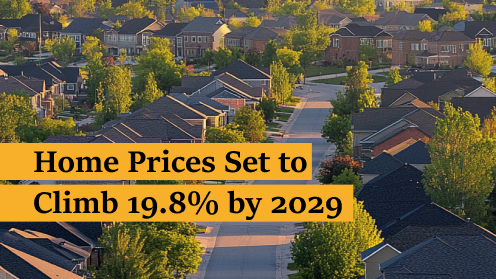
Will 2029’s Home Prices Surpass Pre-Bubble Levels?
National home prices expected to rise by 19.8% through 2029, averaging 3.7% annual growth. Price Growth 2025 (+3.4%) 2026 (+6.8%) 2027 (+10.8%) 2028 (+15.2%) 2029 (+19.8%)
8 Tips for First-Time Home Buyers
First-time homebuyers should save for a down payment, typically 20%, and budget for additional costs like fees, moving, and furniture. Choose a neighborhood that fits long-term needs, prioritize must-haves, and get a home inspection to avoid surprises. Use a mortgage...

5 Reasons Enticing Me to Buy a Home Before 2025 Ends
Slide 1 Mortgage rates dropped to around 6%, down from the 7.79% peak in 2023. Slide 2 Housing supply rose 15.7% in 2025, giving buyers 1.55 million homes to choose from. Slide 3 Home prices are still high but rising slower, with just 2.9% annual growth mid-2025....
22 Real Estate Investment Strategies
Real estate investing offers strategies for wealth building, passive income, and portfolio diversification, including buy-and-hold, fix-and-flip, REITs, and rental property diversification. REITs have shown stability and often outperform stocks over time, while...
